To facilitate reading in magnetic bearings, this Nav-Aid has been marked with a line through the angle of the magnetic deviation for the area covered by the chart.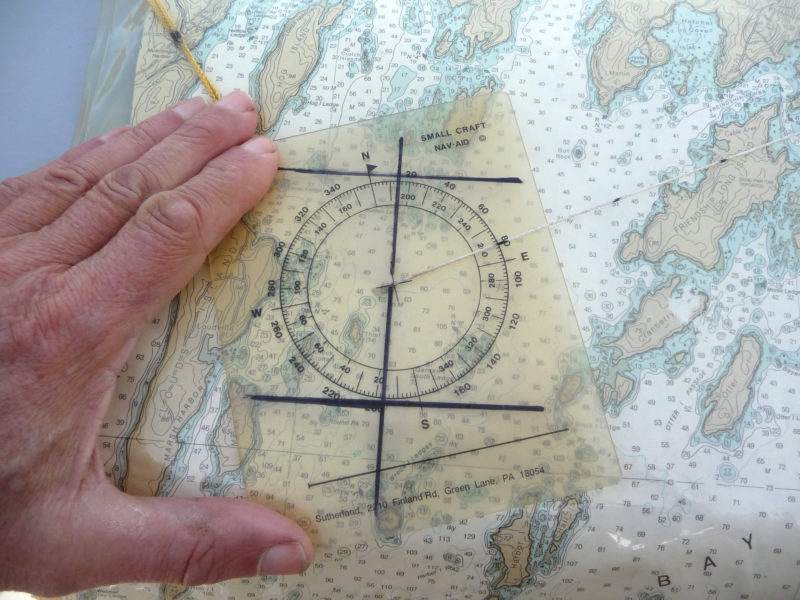 Ben Fuller
Ben Fuller
Join The Conversation
We welcome your comments about this article. To include a photo with your remarks, click Choose File below the Comment box.
Comments (4)
Comments are closed.



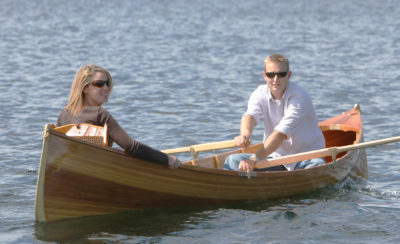

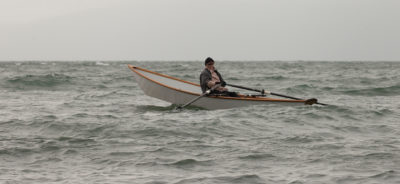


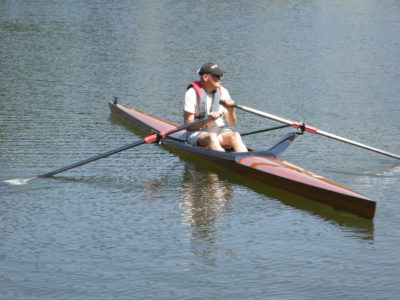
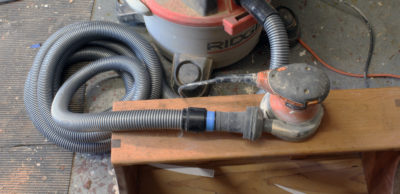
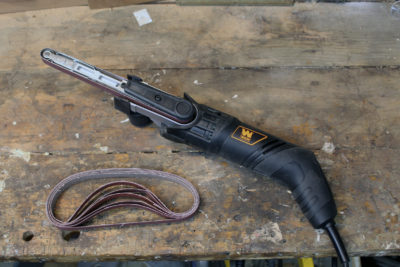
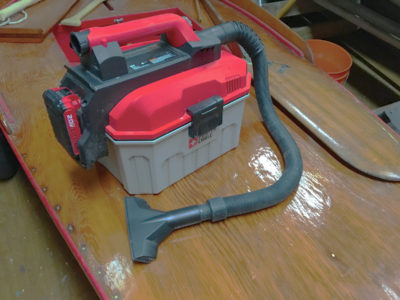
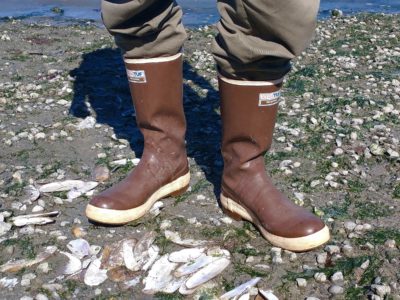
If you plan to mark distances on your monofilament line, be sure to use the scale on the right or left sides of the chart, as they show true nautical miles and fractions thereof. The scales at the top and bottom will throw off your calculations because the longitudinal lines converge as they approach the poles. Of course, you can also use the scale in the chart’s legend, but that is a part that I often trim away, as I try to make the charts as compact as possible to go into my waterproof chart case for using on the deck of my kayak.
I’m in Bellingham, WA, and much of my paddling is done in Canadian waters for which we use Canadian Hydrographic charts. These come in many different scales, and as far as I know, there is no “standard” scale
for Canadian charts. This matters, because I believe errors often occur because the navigator isn’t aware of the scale of his chart. I read of one case where a power-boating family from out of state left Anacortes, WA to head for the San Juan Islands. They ended up in Victoria, BC because they expected the San Juans to be much larger islands than they actually are. The tone of the article about them seemed to indicate they were more amused than embarrassed by their blunder.
Basically, this is a Douglas Protractor with a line from the center, is it not? It’s a handy gadget for the job, I should think. Not that I use my Douglas Protractor much these days, but I’ll give serious thought to drilling a hole in its center and installing a length of monofilament.
Not so sure about marking the lanyard with nautical miles. This will only work when using same-scale charts; okay if you’re mostly boating in the one area and likewise probably only using one chart, but could be a problem if you have to shift to another chart on a different scale.
The point David Peebles made in his comment about using the side of the chart to take distances off is a good one. I thought everyone knew this, but frequently strike boaties who use the bottom edge and in consequence have erroneous ideas about distances.
The Douglas protractor is one of a handful of similar devices I’ve found on the web; it’s usually square and without a cord at the center. Another common device is a military protractor in a semi-circle with a string at the center and a perimeter marked not in degrees but in mils (6400 mils in a full circle).
Christopher Cunningham, Editor
Most of the devices on the market are larger than the Nav-Aid and have more bells and whistles. I know about the scale problem as I’m using waterproof charts as much as the NOAA 1:40,000 series. One way around it is to mark some scales on the edges of the NAV-AID. After a bunch of years I broke my Nav-Aid that had more scales edge marked on it. You can also mark the string that you use as a lanyard with a different scale. If you do that, measure your distance with the monofilament then put it next to the other appropriate scale.
I usually use charts from Waterproof Charts, Inc. Their scales are a little closer to standard NOAA. You also need to adjust for the NOAA chart books.